
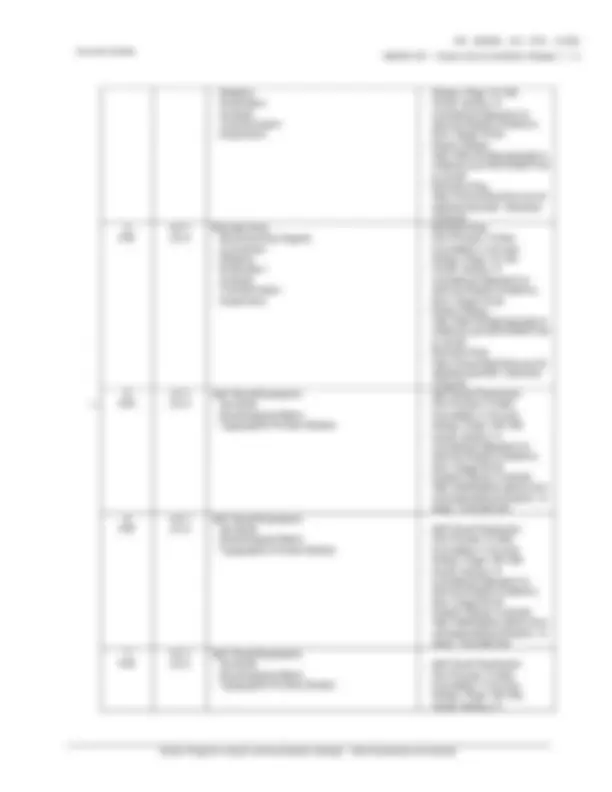
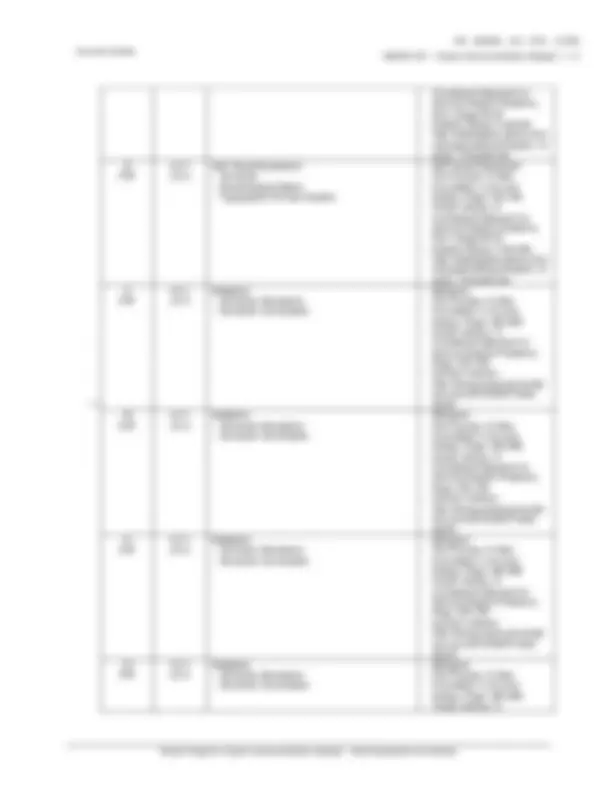
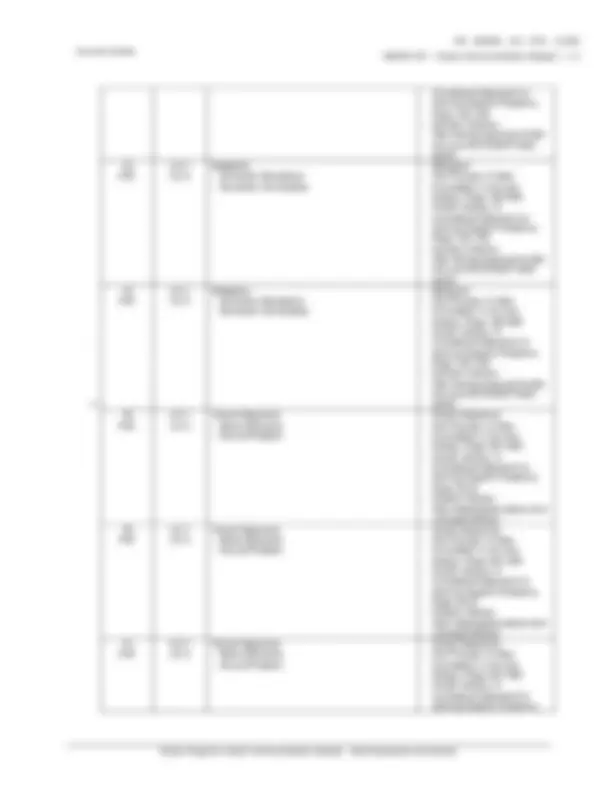
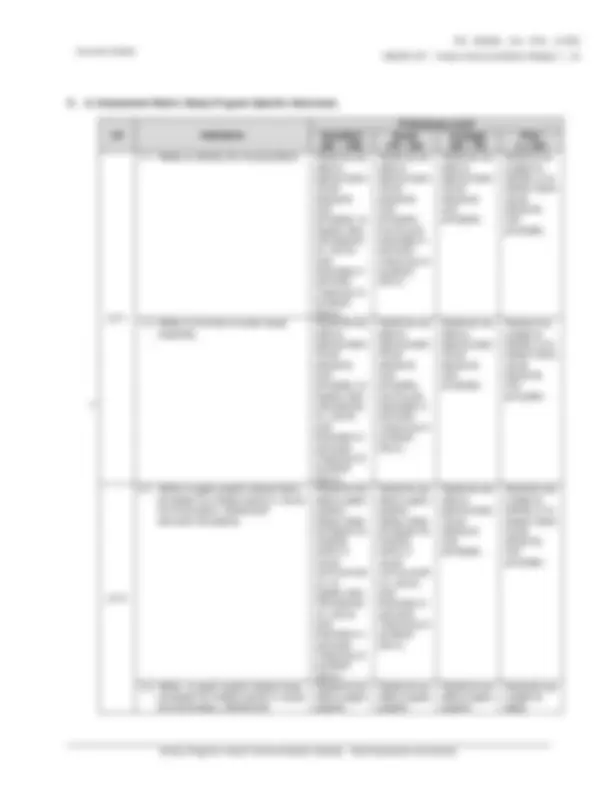
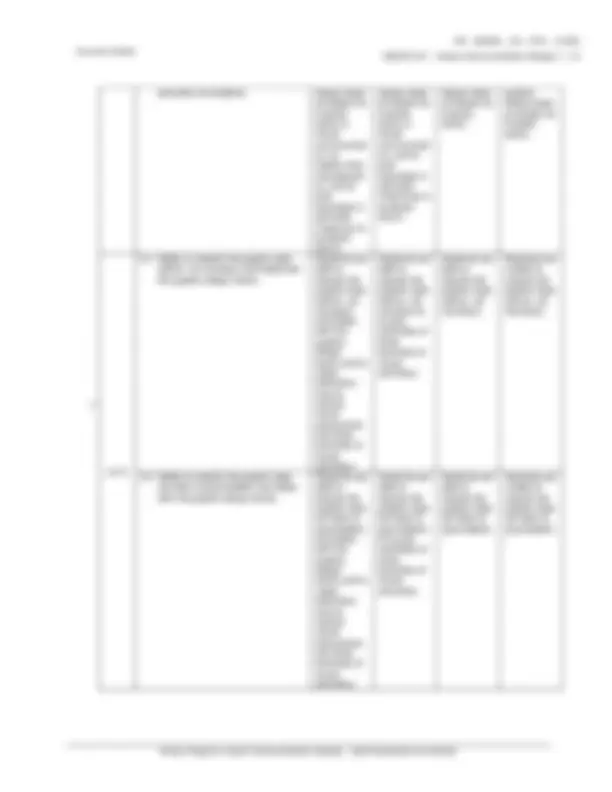
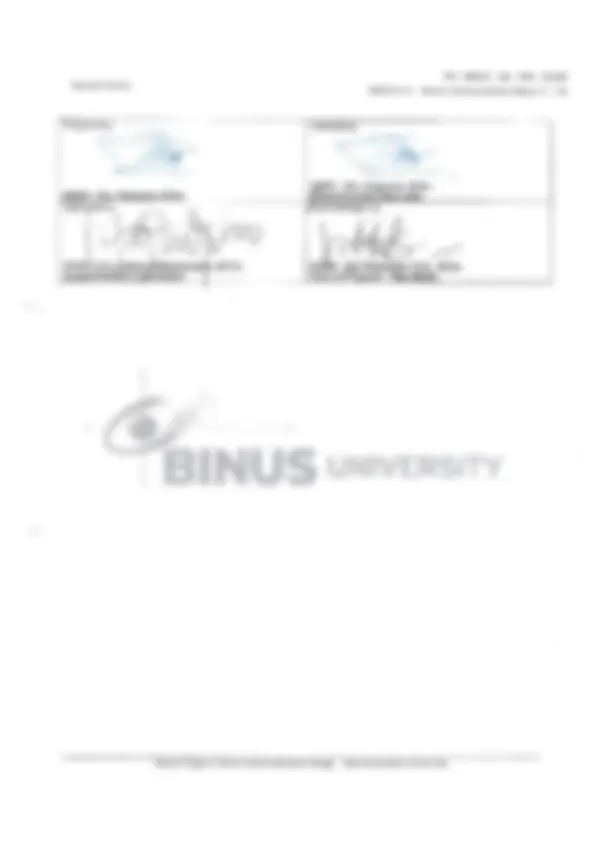


Study with the several resources on Docsity

Earn points by helping other students or get them with a premium plan


Prepare for your exams
Study with the several resources on Docsity

Earn points to download
Earn points by helping other students or get them with a premium plan
Community
Ask the community for help and clear up your study doubts
Discover the best universities in your country according to Docsity users
Free resources
Download our free guides on studying techniques, anxiety management strategies, and thesis advice from Docsity tutors
The brainstorming process and visual literacy concepts in the context of Visual Communication Design. It includes references to various resources such as 'The Process: A New Foundation in Art and Design', 'Visual Literacy: A Conceptual Approach to Solving Graphic Problems', and 'Playful Design'. topics like brainstorming imagery, connection, exploration, analysis, transformation, experiment, semantic, morphological matrix, typographic portrait solution, metaphor, visual sequence, and graphic style.
What you will learn
Typology: Study notes
1 / 10

This page cannot be seen from the preview
Don't miss anything!







1. Course Description
This course learn more about visual communication design concept in a semiotic manner, it is comprises semantic (meaning), syntactic (form) and pragmatic (context). After completing this course, the students should be able to relate and use visual communication concept in any kind of graphic design works. This course is prerequisite for the next study about DKV2 (basic layout).
2. Graduate Competency
Each course in the study program contributes to the graduate competencies that are divided into employability and entrepreneurial skills and study program specific outcomes, in which students need to have demonstrated by the time they complete their course.
BINUS University employability and entrepreneurial skills consist of planning and organizing, problem solving and decision making, self management, team work, communication, and initiative and enterprise.
2.1. Employability and Entrepreneurial Skills
Aspect Key Behaviour
2.2. Study Program Specific Outcomes
Study Program Specific Outcomes Graduates will be able to explain the basic principles, know-how, technology and history of visual art/design. Graduates will be able to apply a basic and fundamental knowledge of art/design in practice. Graduates will be able to analyze aesthetic, technical, historical and cultural aspects of visual art/design. (C4)
3. Topics - Brainstorming - Self Visual Expression - Metaphor - Visual Sequence - Graphic Style 4. Learning Outcomes On successful completion of this course, student will be able to: - LO 1: Identify Identify the problem and find how to solve creatively. - LO 2: Apply Apply graphic design basic principles for creative works. - LO 3: Classify Classify the graphic style and relate with the graphic design works. 5. Teaching And Learning Strategies In this course, the lecturers might deploy several teaching learning strategies, including case studies, Demonstration, Discussion, Project Work, Tutorial, Watching Video, VCD, Film, multimedia, Individual Work, Graphic Organizers, and Presentation.
Effective Date 01 February 2016 Revision 1
Course Outline DSGN7107 - Visual Communication Design I | 2
6. Textbooks and Other Resources 6.1 Textbooks 1. Wilde, J & Wilde, R. (2015). The Process: A New Foundation in Art and Design. 00. Laurence King Publishing. -. ISBN: 9781780672397. 2. Wilde, J. & Wilde, R. (1991). Visual Literacy: A Conceptual Approach to Solving Graphic Problems. 01. Watson-Guptil. New York. ISBN: 0823056198. 3. Heller, S., & Chwast, S. (1998). Graphic Style: From Victorian to Posr-Modern. 01. Harry N. Abrams, Inc. Publisher. New York. ISBN: 0810925885.
The book in the first list is a must to have for each student.
6.2 Other Resources
Theory
Session/ Mode
Related LO Topics References
1 F2F
Brainstorming
Brainstorming
Brainstorming
Course Outline DSGN7107 - Visual Communication Design I | 4
Conceptual Approach to Solving Graphic Problems, Part 1/page 90- 97
Self Visual Expression
Metaphor
Metaphor
Metaphor
Metaphor
Course Outline DSGN7107 - Visual Communication Design I | 5
Conceptual Approach to Solving Graphic Problems, Page 130- 139
Metaphor
Metaphor
Visual Sequence
Visual Sequence
Visual Sequence
Course Outline DSGN7107 - Visual Communication Design I | 7
Page 9-70 & Page 126- 167
Graphic Style
Graphic Style
Graphic Style
Theory
Assessment Activity Weight
Learning Outcomes 1 2 3 Assignment 5 0% √ √ √ Mid Exam 20 % √ √ Final Exam 30 % √ √ √
Practicum
-
Final Evaluation Score
Aspects Weight
Theory 100% Practicum 0%
Course Outline DSGN7107 - Visual Communication Design I | 8
9. A. Assessment Rubric (Study Program Specific Outcomes)
LO Indicators
Proficiency Level Excellent (85 – 100)
Good (75 – 84)
Average (65 – 74)
Poor (<= 64)
1.1 Ability to Identify the visual problem. Students are able to specify basic visual elements and principles, to explain their characteristi cs, and to give examples in semantic (meaning) & syntactic (form).
Students are able to specify basic visual elements and principles, and to give examples in semantic (meaning) or syntactic (form).
Students are able to specify basic visual elements and principles.
Student are unable to identify or to explain basic visual elements and principles.
1.2 Ability to find how to solve visual creatively
Students are able to specify basic visual elements and principles, to explain their characteristi cs, and to give examples in semantic (meaning) & syntactic (form).
Students are able to specify basic visual elements and principles, and to give examples in semantic (meaning) or syntactic (form).
Students are able to specify basic visual elements and principles.
Student are unable to identify or to explain basic visual elements and principles.
2.1 Ability to apply graphic design basic principles for creative works in visual communication, related with semantic Denotative.
Students are able to apply graphic design basic principles for creative works in visual communicati on, to explain their characteristi cs, and to give examples in semantic (meaning) & syntactic (form).
Students are able to apply graphic design basic principles for creative works in visual communicati on, and to give examples in semantic (meaning) or syntactic (form).
Students are able to specify basic visual elements and principles.
Students are unable to identify or to explain basic visual elements and principles.
2.2 Ability to apply graphic design basic principles for creative works in visual communication, related with
Students are able to apply graphic
Students are able to apply graphic
Students are able to apply graphic
Students are unable to apply